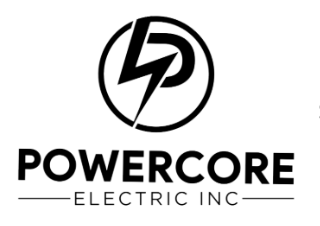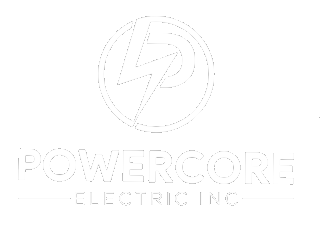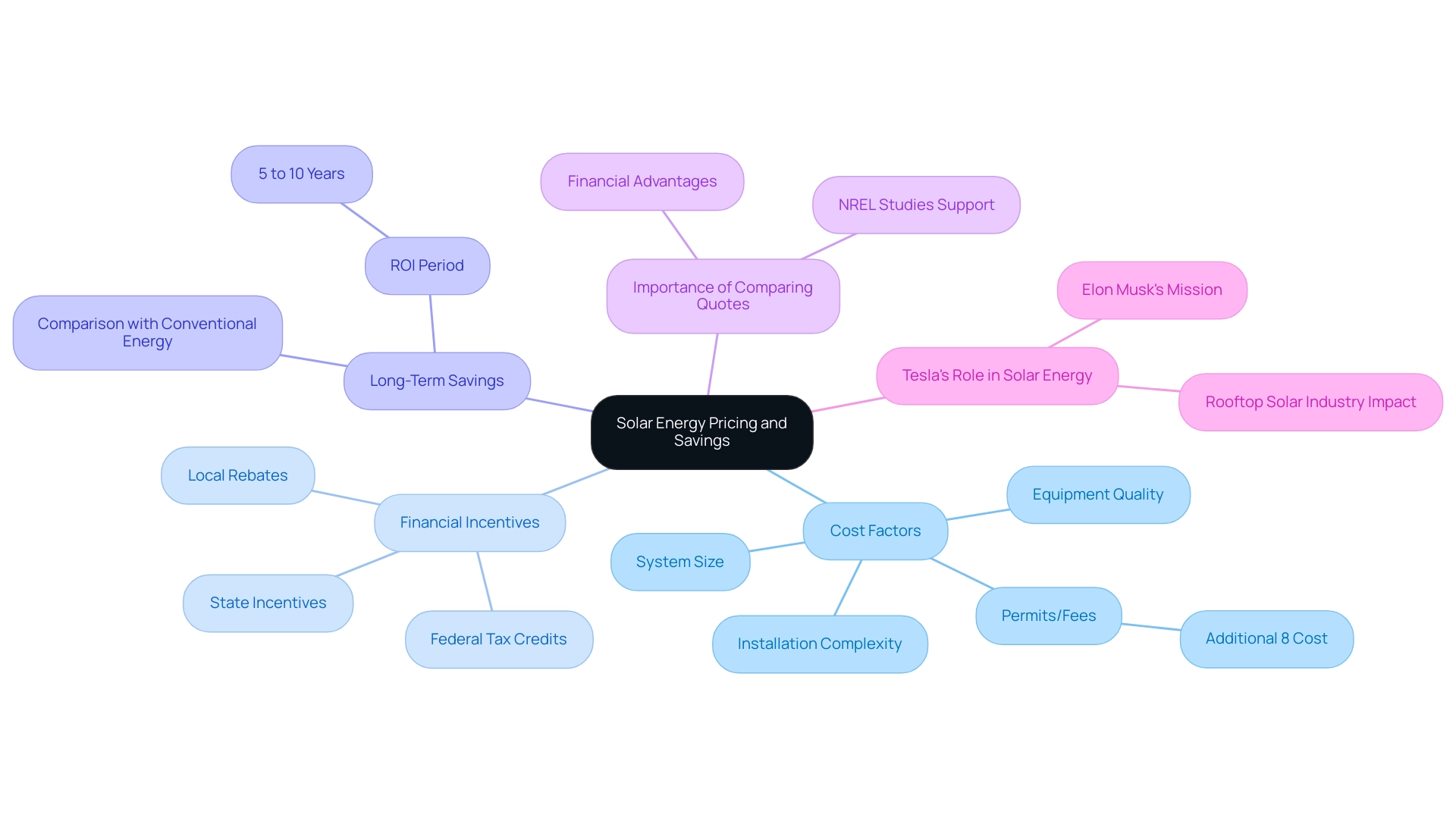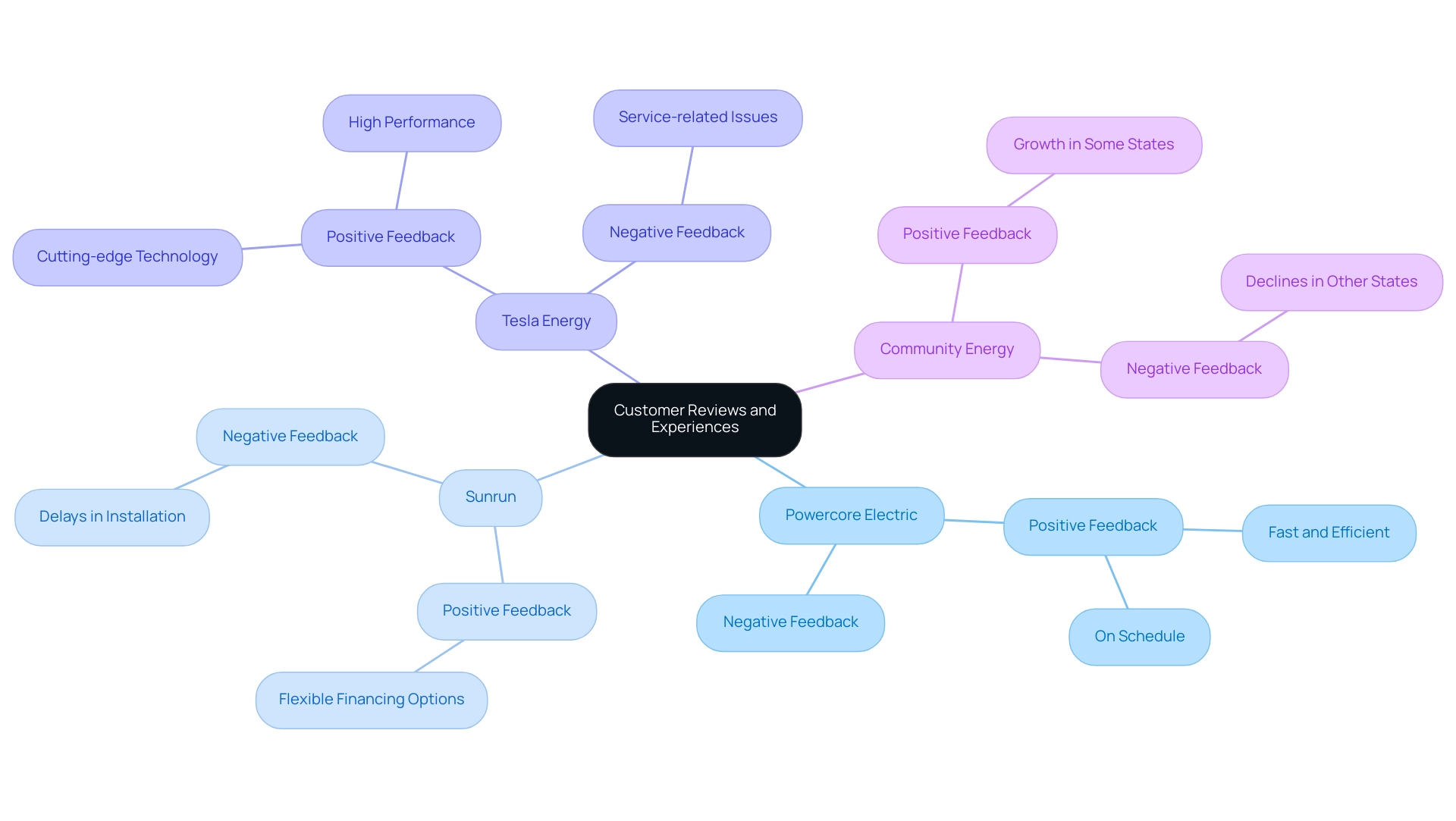Overview
The article compares the top residential solar companies in the USA, highlighting Sunrun, Vivint Solar, and Tesla Energy, each offering unique features, pricing options, and customer experiences. It emphasizes that while these companies provide various solutions for homeowners, factors such as financing options, personalized service, and innovative technology play crucial roles in selecting the right provider, supported by customer reviews and insights into market trends.
Introduction
As the sun rises on the future of energy, homeowners across the USA are increasingly turning to solar solutions to power their homes sustainably. With a handful of leading companies like Sunrun, Vivint Solar, and Tesla Energy at the forefront, the landscape of residential solar is more dynamic than ever. Each of these providers brings unique offerings to the table, catering to diverse needs and preferences—from flexible financing options to cutting-edge technology.
As the demand for clean energy grows, understanding the nuances of solar panel sizing, pricing structures, and the latest innovations becomes crucial for homeowners looking to make informed decisions. This article delves into the key players in the solar market, the exciting advancements shaping the industry, and the real-life experiences of users, all while exploring the potential financial benefits and challenges that come with this eco-friendly transition.
Whether you’re just beginning to explore solar energy or seeking to deepen your knowledge, this guide aims to illuminate the path toward a brighter, greener future.
Overview of Leading Residential Solar Companies in the USA
In the USA, a few names consistently shine among USA: Sunrun, Vivint Solar, and Tesla Energy. Each of these firms offers something unique, making them outstanding choices for environmentally aware individuals interested in panel sizing and advantages under the 200% rule. Sunrun has positioned itself as a leader by providing a broad range of energy solutions along with adaptable financing choices, facilitating the transition to renewable energy.
Their method accommodates various budgets and requirements, making renewable energy accessible for many. Significantly, 85% of installers utilizing NREL’s SolarAPP+ permitting software state that it greatly simplifies the installation process, which is uplifting for property owners contemplating renewable energy options.
On the other hand, Vivint Solar is all about putting the customer first. They take pride in personalized consultations, collaborating closely with residents to design custom solar systems that fit individual requirements perfectly. This tailored approach has garnered a loyal customer base, as many appreciate the dedication to meeting their specific energy goals.
Then there’s Tesla Energy, captivating environmentally aware residents with its innovative technology and sleek, modern designs. Their products are not just functional; they also align with a stylish, sustainable lifestyle. However, it’s important to note that higher tariffs on Chinese photovoltaic cells could hinder US firms’ access to affordable panels, potentially impacting pricing and availability for consumers.
In the context of the 200% rule, homeowners have experienced considerable advantages from adopting power systems that optimize their output while adhering to local regulations. This case study illustrates how families have effectively utilized panel sizing to optimize their energy consumption and reduce costs, showcasing the tangible advantages of renewable energy.
As Ben Zientara, a Policy Analyst for renewable energy, aptly states, “We have all the technology we need to do this today, but we need help from state and federal legislators and regulators to deploy, deploy, deploy.” This sentiment emphasizes that while these firms have the solutions, support from policymakers is crucial for broader adoption.
With each of these residential solar companies USA showcasing unique strengths, it’s essential for homeowners to evaluate their specific needs and preferences when choosing the appropriate energy provider. Whether you prioritize financing, personalized service, or cutting-edge technology, there’s an energy solution out there that’s just right for you.
Key Features and Innovations in Residential Solar Solutions
Today’s top companies in the photovoltaic sector are enhancing their approach by incorporating advanced innovations that make renewable power more efficient and user-friendly. One notable advancement is the use of intelligent inverters, which not only convert sunlight but also optimize its production and usage, allowing homeowners to maximize their systems’ potential. Together with these intelligent inverters, selecting the best battery options has become crucial for .
Homeowners should consider various types of energy storage batteries, including:
- Lithium-ion
- Lead-acid
- Flow batteries
Each offering different capacities, efficiencies, lifespans, and price points. These batteries enable property owners to store excess power for future use, particularly during peak demand periods, ultimately reducing costs and improving power independence. Numerous businesses now additionally provide mobile applications, allowing users to track their energy production in real-time.
This level of involvement keeps property owners informed and assists them in managing their power usage effectively. According to industry insights, 34% of energy companies expect to grow in 2024, highlighting the robust market potential for these innovations. However, factors like potential antidumping and countervailing duties (AD/CVD) on imports from Southeast Asia may influence the adoption of these technologies.
Faith Wakefield, a writer located in North Carolina, observes that ‘the incorporation of intelligent technology in photovoltaic systems not only improves efficiency but also enables residents to take control of their power consumption.’ With these advancements, choosing the appropriate battery and comprehending panel functionality are becoming increasingly important for homeowners aiming to contribute to a sustainable future and attain independence.
Understanding Pricing Structures and Cost Savings in Solar Energy
When evaluating renewable power from residential solar companies USA for your residence, it’s crucial to understand what affects pricing. Homeowners can typically anticipate spending between $15,000 and $25,000 for a complete energy system before any incentives take effect. This range varies based on system size, equipment quality, and installation complexity.
A significant display of sunlight power’s effectiveness took place during a heatwave in September 2022, when residential photovoltaic and battery systems in California supplied around 340 MW of electricity, highlighting their reliability during peak demand. Don’t forget that permits and fees can add about 8% to your total installation cost, so budgeting for these is key. Luckily, many residential solar companies USA offer financing options like leases and power purchase agreements (PPAs), which can significantly ease those initial costs.
Additionally, with federal tax credits and various state incentives, such as the Investment Tax Credit (ITC) and local rebate programs, renewable energy becomes an increasingly appealing financial option. Many property owners see a return on investment within 5 to 10 years, leading to substantial long-term savings. When comparing photovoltaic panels to conventional electricity, property owners often discover that the long-term savings from decreased utility costs can surpass the initial expenditure in renewable technology.
By opting for renewable sources, you’re not only investing in clean alternatives; you’re taking a smart financial move for your home. As you explore your options, remember that comparing multiple energy quotes from residential solar companies USA can help you find the best deal—an approach that has proven beneficial for many savvy homeowners. Furthermore, combining with photovoltaic systems can further improve savings by using sunlight for electric vehicle charging.
As Elon Musk stated, with a mission to ‘accelerate the world’s transition to sustainable power,’ Tesla has been a significant participant in the rooftop energy generation sector since 2016, highlighting the increasing significance of renewable solutions in our power landscape.
Customer Reviews and Experiences: What Users Are Saying
Customer feedback uncovers a varied array of experiences with renewable service providers, mirroring both the enthusiasm and the difficulties that accompany transitioning to sustainable power. With being installed every 39 seconds in 2023, many homeowners celebrate the long-term savings and environmental benefits of this energy source, creating a positive buzz around the transition. Powercore Electric stands out with consistent praise from customers like Ryan, who stated, ‘They were fast, efficient, and stayed on schedule for our energy installation.’
This commitment to exceptional service resonates deeply within the community, particularly after 30 years of dedicated service in California, where they have built a reputation for reliability and customer satisfaction. However, as with any provider, there are bumps along the road. For example, users of Sunrun often praise the company for its flexible financing options, yet they also express frustration regarding delays in installation timelines.
On the other hand, Tesla Energy customers frequently highlight the cutting-edge technology and performance of their systems, but some have encountered service-related hiccups, which can be attributed to the high demand for their products. Dr. Mark Z. Jacobson notes, ‘Solar PV technologies continue to improve, resulting in the continued decline in PV prices,’ underscoring the advancements in this field. Additionally, the community energy segment shows mixed results, with some states experiencing growth while others face declines, providing a broader perspective on customer experiences across different regions.
By diving into these reviews, prospective users can glean valuable insights, helping them to navigate their options and choose a provider that aligns with their needs and expectations.
Future Trends and Challenges in the Residential Solar Market
is on the verge of thrilling growth, propelled by creative developments and an increasing demand among environmentally-aware residents for sustainable power solutions. In Northern California, the transformative impact of building codes and NEM 3.0 is paving the way for increased renewable power adoption, creating new opportunities for homeowners. As we look forward, the incorporation of artificial intelligence into power management systems is poised to transform how we utilize sunlight, improving efficiency and ease of use.
For instance, AI algorithms can optimize energy consumption based on weather forecasts and usage patterns, maximizing the advantages of photovoltaic installations. Additionally, community energy projects are gaining traction, enabling even those without the ability to install panels on their own homes to participate in the energy movement. According to recent forecasts, photovoltaic energy is expected to become the largest source of generating capacity on the grid by 2050, with a staggering 195 GW of new utility-scale photovoltaic power projected to be added by 2029.
Notably, the utility-scale energy sector installed 6.6 GW in Q3 2024, achieving a remarkable 44% year-over-year growth, showcasing the market’s robust expansion. However, this journey is not without challenges; potential regulatory changes and the risk of market saturation require homeowners to stay informed. To navigate this evolving environment, it’s essential to choose [residential solar companies USA](https://gopowercoreinc.com/general/how-nem-3-0-is-changing-the-solar-landscape-for-homeowners) that are trustworthy and flexible to future developments.
For instance, residential solar companies USA, like Sunrun and Vivint Solar, provide flexible financing alternatives and comprehensive service packages, establishing them as strong contenders in the market. Additionally, firms such as Catalyze are assisting commercial and industrial property owners in obtaining renewable resources advantages by funding, installing, owning, and managing integrated photovoltaic systems. As Ben Zientara, a Policy Analyst in renewable energy, aptly puts it, ‘We have all the technology we need to do this today, but we need help from state and federal legislators and regulators to deploy, deploy, deploy.’
This insight emphasizes the crucial role of supportive policies in unlocking the full potential of solar energy for all homeowners.
Conclusion
As the journey toward sustainable energy unfolds, the benefits of adopting solar solutions for homes become increasingly evident. The leading companies in the residential solar market—Sunrun, Vivint Solar, and Tesla Energy—each offer distinct advantages, from innovative technology to customer-centric services. Understanding the unique offerings of these providers empowers homeowners to make informed choices that align with their specific energy needs and financial situations.
Innovations such as smart inverters and advanced solar battery systems enhance the efficiency and functionality of solar installations, providing homeowners with greater control over their energy consumption. With a range of financing options available, the initial investment in solar technology can be manageable, often leading to substantial long-term savings and a reduced carbon footprint.
Customer experiences further highlight the growing popularity of solar energy, showcasing both the excitement of transitioning to renewable energy and the occasional challenges faced during the process. As the market continues to evolve, trends like community solar projects and the integration of AI into energy management systems indicate a promising future for residential solar energy.
Ultimately, embracing solar energy not only contributes to a cleaner planet but also represents a smart financial investment for homeowners. With the right information and support, the transition to solar can pave the way for a brighter, more sustainable future.




